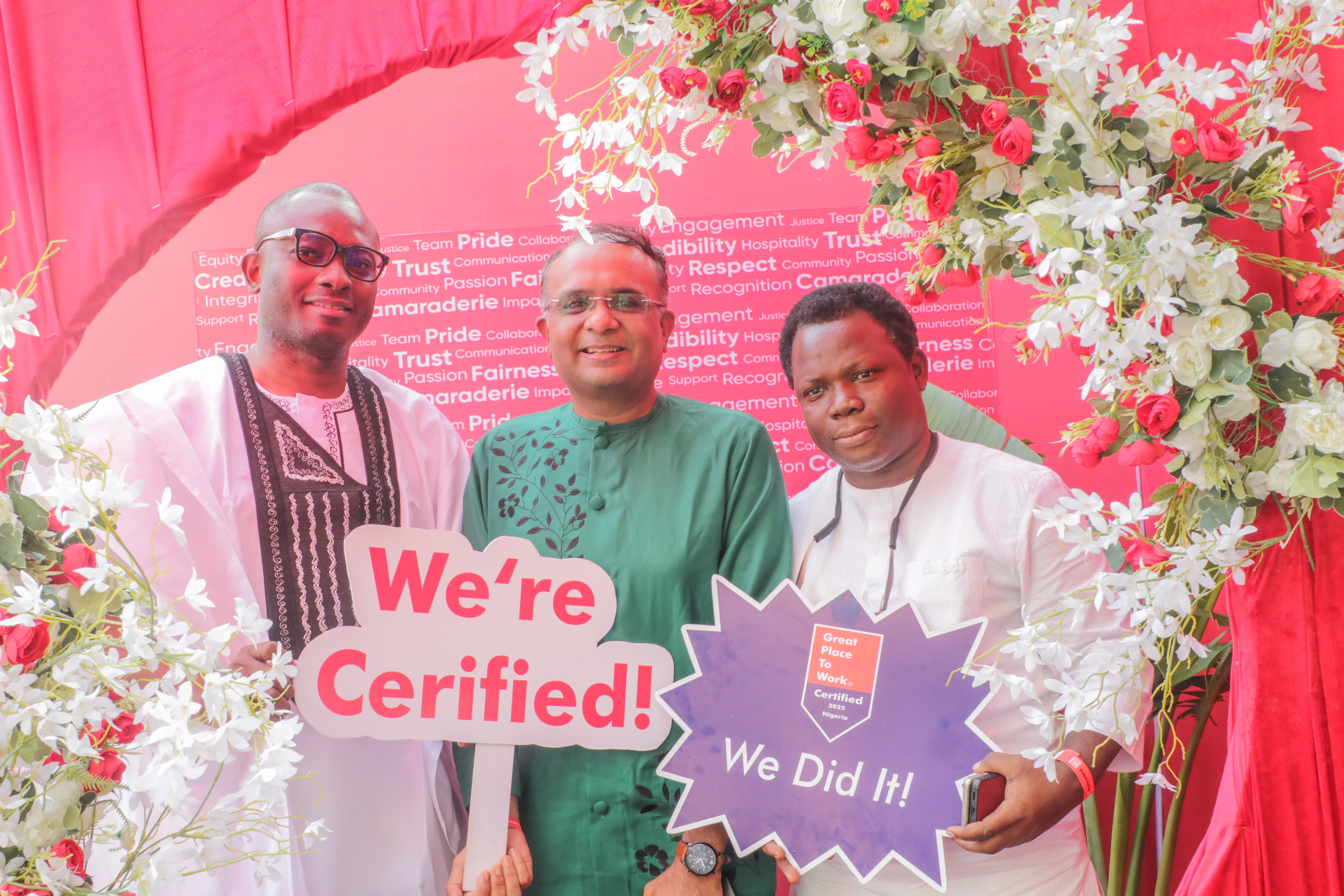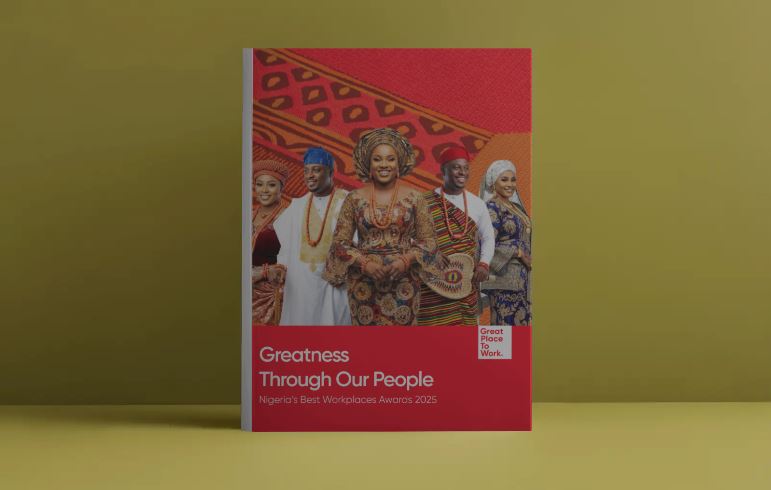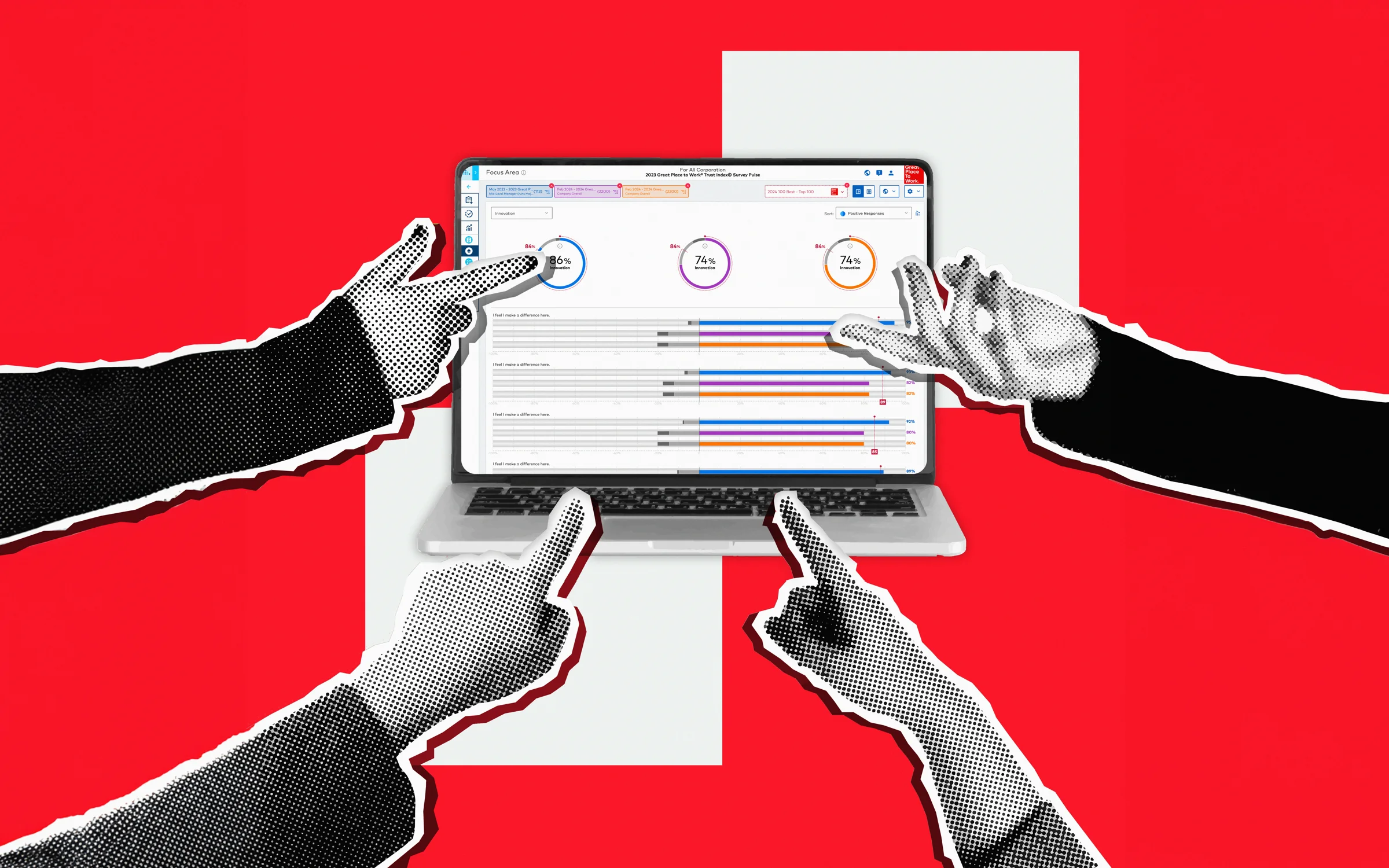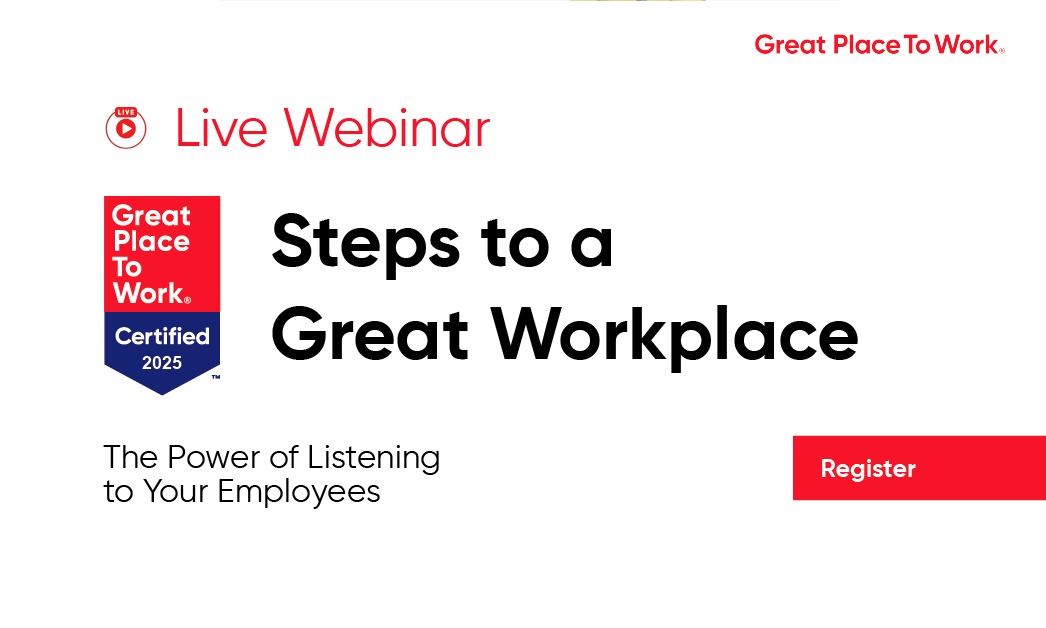The Big data revolution technology has provided a holistic approach to drawing actionable insights from the huge volume, large variety, high velocity, accuracy, and immense valuable data that are discovered frequently.
Organisations are not only exploring and exploiting the daily streams of real-world information across many mediums and occurrences to improve the visibility of their operations, raise the performance standards, and progress towards big data analytics to refine decision-making in various functions, one of them being HR.
What is Data Analytics?
Data analytics is the process of converting raw data into actionable insights. It includes a range of tools, technologies, and processes used to find trends and solve problems by using data. Data analytics can shape business processes, improve decision-making, and foster business growth.
Data Analytics is a disruptive technology, and it makes use of raw data, to find patterns, draw inferences, and make predictions.
A Brief History of Data Analytics
Data Analytics is based on statistics, which were surmised to have been used, as far back as Ancient Egypt for building pyramids. The use of Data Analytics dates back to the 19th century when Frederick Winslow Taylor initiated time management exercises. New technologies have played a huge role in the rise in the use of data analytics.
Analytics began receiving more attention as computers became decision-making support systems. In 1880, it took the United States of America 7 years to get Census conducted, yet in 1890 barely 10 years afterward, it took 18 months with the use of the tabulating machine, invented by Herman Hollerith. In ancient Iraq, scribes produced lists of plowmen employed by the state and preserved this data on clay tablets making the first database in the process.
Like most African countries, the dissemination of statistics and system of production in Nigeria were inherited from the colonial government and has grown over the years to produce timely and relevant data for decision-making.
In 2017, Deloitte reported that 71% of companies said they considered people analytics a high priority for their organization with 31% rating it “very important.”
Data Analytics for People Management
HR analytics and metrics are proven methodologies that are geared towards the improvement of the quality of people-related decisions to improve individual and organisational performance. It is not necessarily the quantity of data gathered; it is the ability to turn those data into useful insights that would translate to business impact.
Some areas HR and Talent Management teams are applying Data for high-performance organisation are.
- Recruitment and Selection: By leveraging the power of data analytics, companies can make more informed and better hiring decisions, and improve the efficiency of the recruitment processes, while building a more diverse and agile workforce. Companies can easily identify great talents, streamline the recruitment process, reduce biases in recruitment, improve retention rate, and enhance diversity and inclusion.
- Employee Performance Management: One of the most essential tools for Employee Performance Management is Data Analytics, having data-driven insights can assist leaders, supervisors, and their individual employees identify areas of improvement while ensuring the realignment of metrics toward the achievement of goals. Outcomes of data-driven management help organisations develop succession plans, career development, and growth, and improve employee engagement.
- Understanding Attrition and Retention: Excessive attrition or high employee turnover can slow down productivity in organizations, the recent mass exits ‘Japa’ of talents has created a huge gap in organisations in Nigeria and other countries. It is therefore important to make strategic decisions to mitigate risks and improve operational efficiency by ensuring employee retention strategies. Having a robust retention strategy will ensure that a company has a stable, and agile workforce, besides being able to determine the likely length of stay in the workplace, which can be achieved by analysing data on attrition and retention.
- Examining Employee Engagement: One way to examine employee engagement with data analytics is through employee surveys and analyzing results, afterwards, organization can gain insights into the factors that contribute to employee engagement such as job satisfaction, work-life balance, and opportunities for learning and development. Survey data can assist in identifying areas of improvement, developing targeted interventions, and increasing employee satisfaction.
- Measuring Learning and Development Outcomes: It is important to learn, however, learning and development without a way of measuring the impact of the knowledge, skills, and abilities of the learner, may just be a waste of resources. Through the gathering of data and analysing such data, with the aim of adding value to a company’s skills development, policymakers and stakeholders are able to determine the Return on Investment (ROI) on training, and improve workforce learning in readiness to function in an ever-dynamic marketplace.
- Informing Compensation and Benefits decisions: Employers can identify which compensation and benefits packages are most attractive to their Employees, by surveying and analysing the data received, employers can determine what benefits are most important to their workforces such as Leave days, Health insurance, Pension, Share or Stock Options, (Cost of Living Adjustment (COLA), Flexible Working Arrangements. Informed decisions help supports employees, ensure financial sustainability, and drive the productivity of the entire workforce.
- Health and Wellness: Data Analytics is a tremendous tool, used for gathering and analysing various sources of information such as health records and history, surveys, habits that can be used in health and wellness, and the prevention of disease. For example, if data analysis shows a high incidence of gastrointestinal disorders in a particular organisation, Professionals can recommend interventions to prevent the occurrence and promote healthy behaviors by engaging professionals and improving access to health care services.
HR responded and managed the Covid 19 Pandemic; however, the challenges prevalent post-pandemic indicates, HR burnout is at an all-time high, with HR job postings up over 130% compared to pre-COVID numbers, and fewer resources than ever. Despite its meeting expectations and creating value for both HR and the business, HR leaders could leverage HR Insights, Data Analytics, Cloud Transformations, and HR system Modernization to create change and innovation.
- Positive Culture, as a key to organizational innovation
- Encourage risk-taking (Enable employee discretion, avoid punitive performance reviews, Create psychological safety)
- Define rewards and recognition and follow through with execution as communicated.
- Focus on diversity and inclusion (Companies that have a higher-than-average diversity rating have 19% increased innovation)
- Promote collaboration possible either within a virtual environment or the physical environment.
The emergence of new HR roles, such as Human Machine Teaming Manager, People Data Specialist, and Digital Evangelist, shows just where the function of HR is moving. For companies to stay ahead of the game, HR must take its rightful seat in driving innovation culture across the organization.
That journey towards driving innovation can commence by taking the Great Place to Work Survey, fill out the form below to get started.








